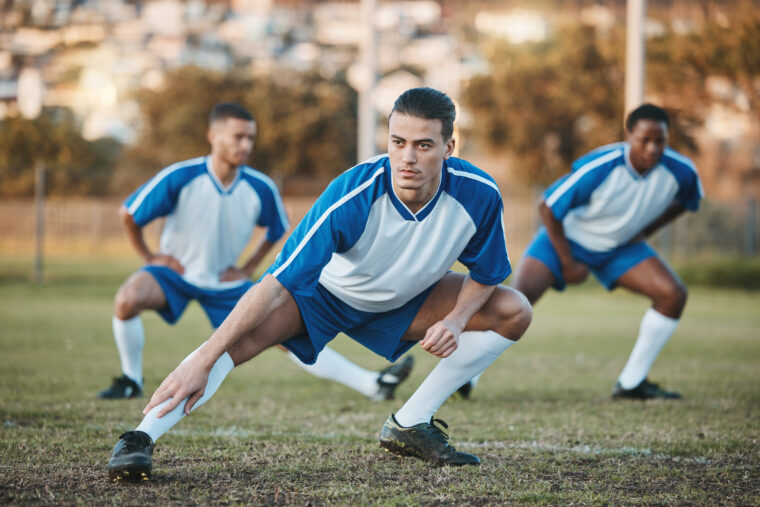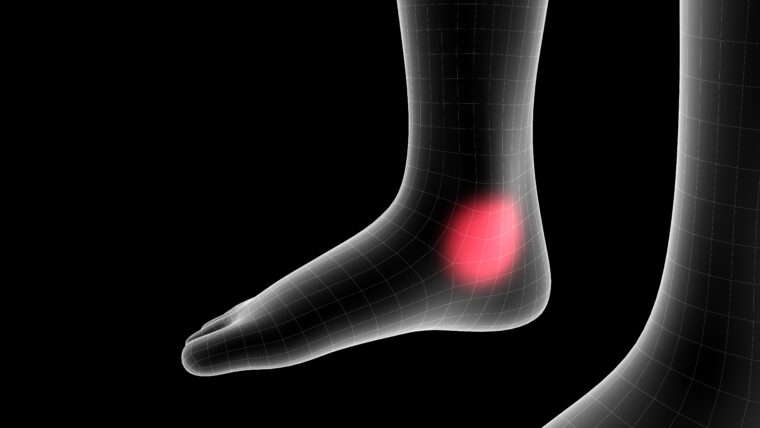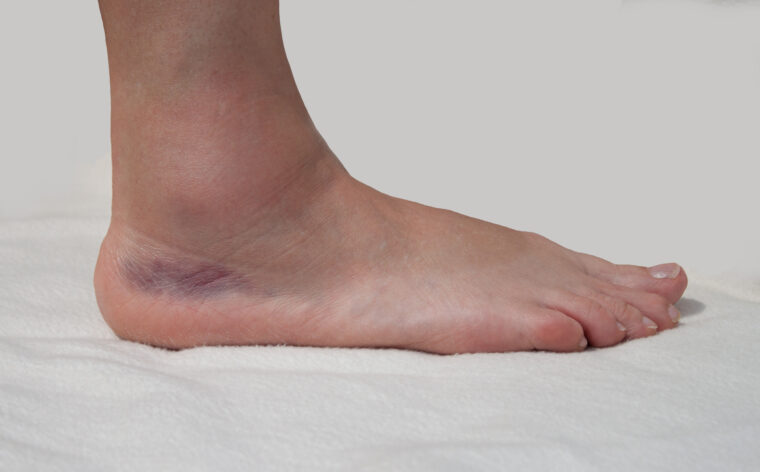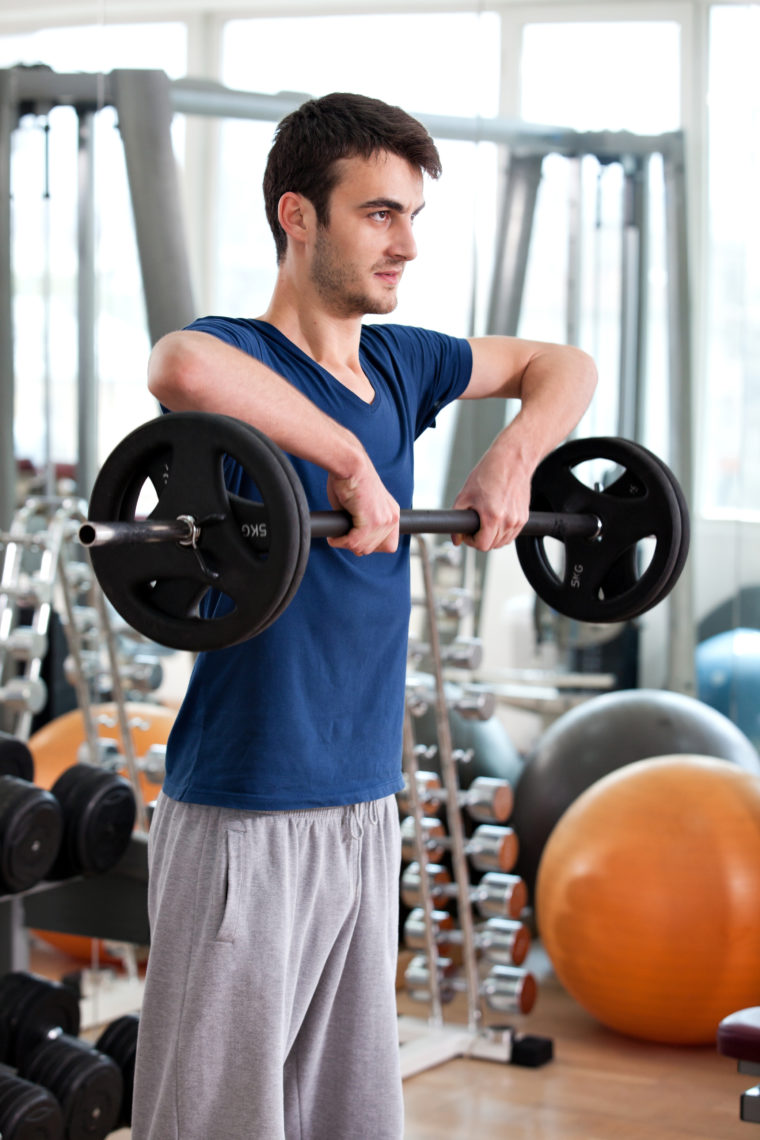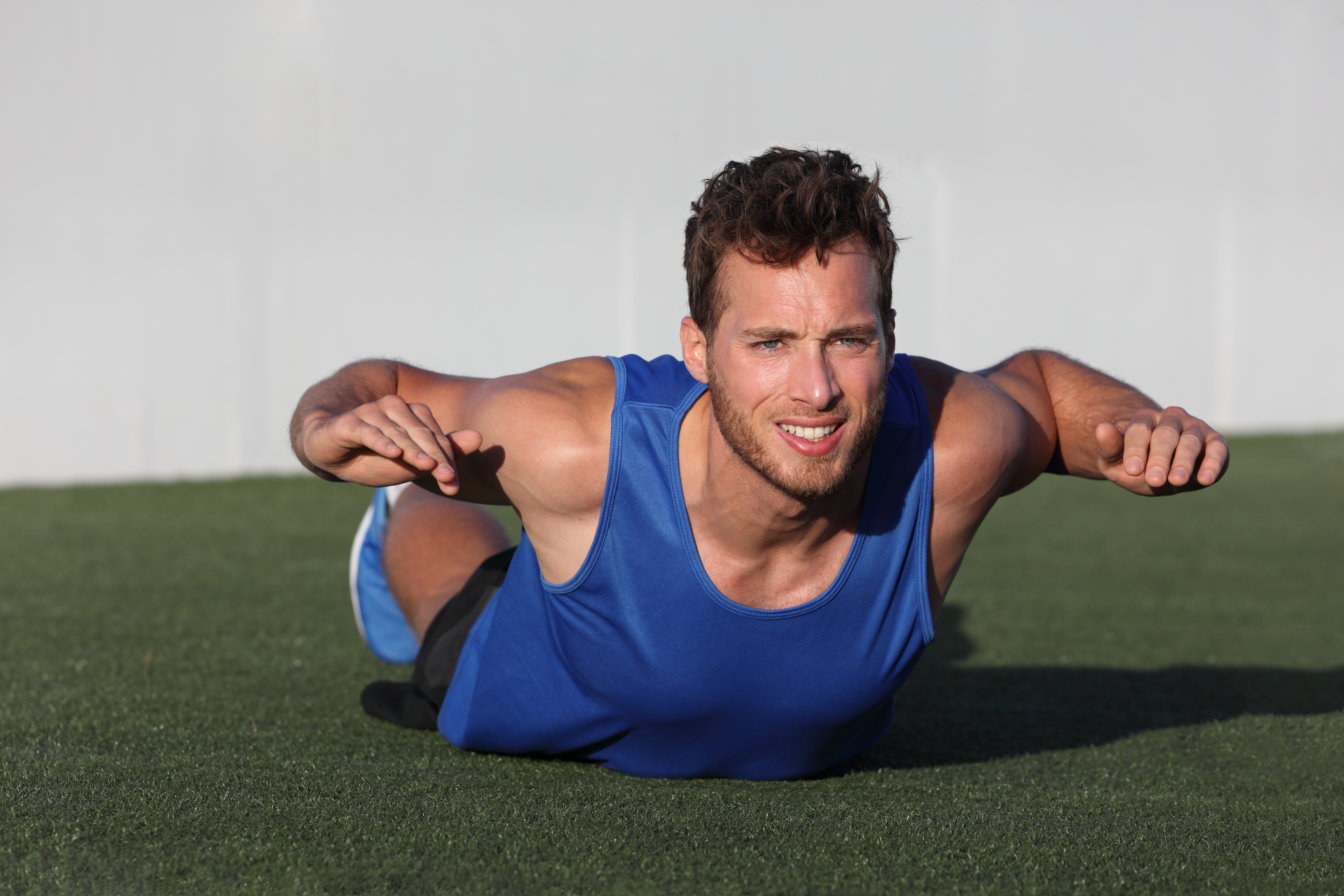If you’re an athlete, it’s time to stop static stretching.
Static stretching is bad for you if you are about to play any sport. Surprised? Don’t be. Plenty of data is provided below. In spite of what has been incorrected pushed for decades at every level of sport, the research has shown for decades that static stretching leads to decreased performance and a greater likelihood of injury. So many injuries could be prevented if ‘warming up’ was performed properly, by everyone. Watch the video below and read the blog to learn more. Please also subscribe to our YouTube channel. Help us help you and those you care about!

